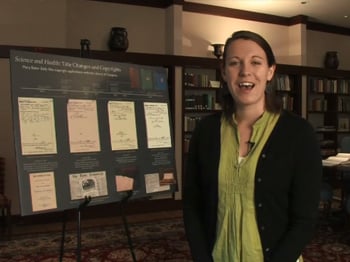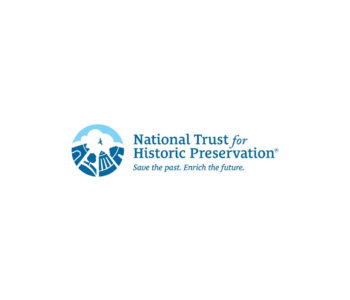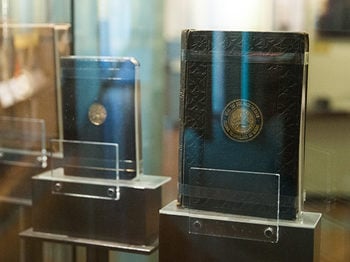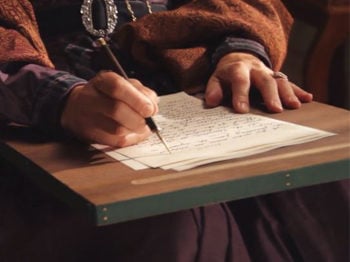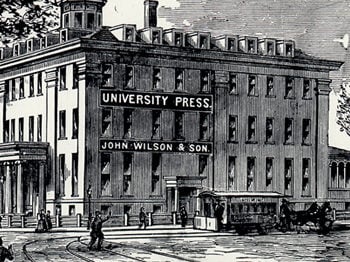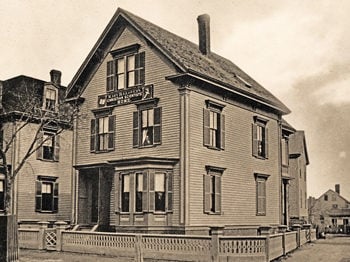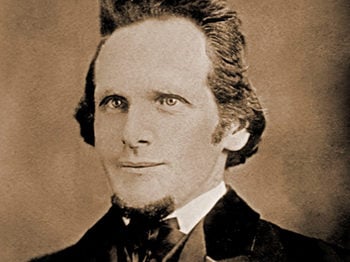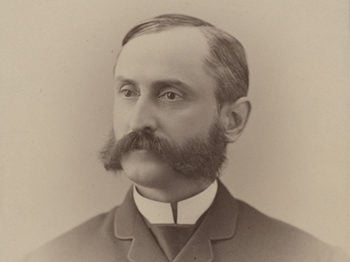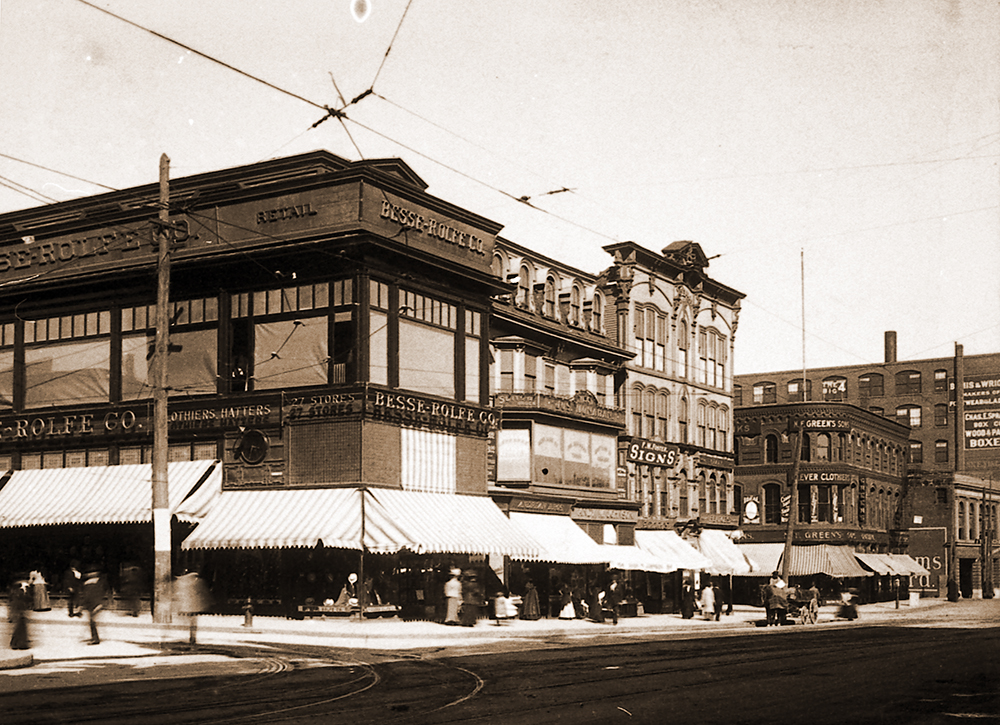
The road from Boston to Lynn leads out of the city through East Boston to Chelsea, where Asa Gilbert Eddy first heard of his future wife, Mrs. Glover, from her friend and Chelsea resident, Christiana Godfrey. At Revere, a suburb well known for its beach, the road turns northeast, taking the traveler along a route which runs more or less parallel to the coastline of Massachusetts Bay and then leads into Lynn. Today Lynn is a city of 81,245 people. A commuter can make the trip from Boston by train in only fifteen minutes.
When Mrs. Glover moved to Lynn in May 1870, the city was a bustling manufacturing center, known worldwide for the shoes produced in its factories. She was no stranger to the area, having lived in Lynn on several occasions between 1864 and 1870. And it was in Lynn, on February 1, 1866, while en route from her home in neighboring Swampscott to a meeting of the Good Templars, a temperance organization, that she fell on the ice near the corner of Market and Oxford Streets and was severely injured. Her healing three days later, through spiritual means alone, included, in her own words, “a glimpse of the great fact that I have since tried to make plain to others, namely, Life in and of Spirit; this Life being the sole reality of existence.” (Miscellaneous Writings, p. 24)
Lynn When Mrs. Eddy Resided There
As labor and social historian Paul Faler has observed, an economy “based on manufacturing gave Lynn a peculiar identity in its ideology, religion, politics and code of morality” (Mechanics and Manufacturers in the Early Industrial Revolution: Lynn, Massachusetts, 1780-1860, Albany, 1981, p. xvi).
When Mrs. Glover moved to Lynn in 1870, the city was the largest producer of women’s shoes in the world, a crowded working-class community which in more than one sense was a world away from Boston, to which it was linked by train. By the early 1880s she would have outgrown the city and would be ready for a larger stage. Yet it was here that a number of the key events in her lifework took place, and any obstacles which her surroundings posed only serve to underscore the magnitude of her achievements.
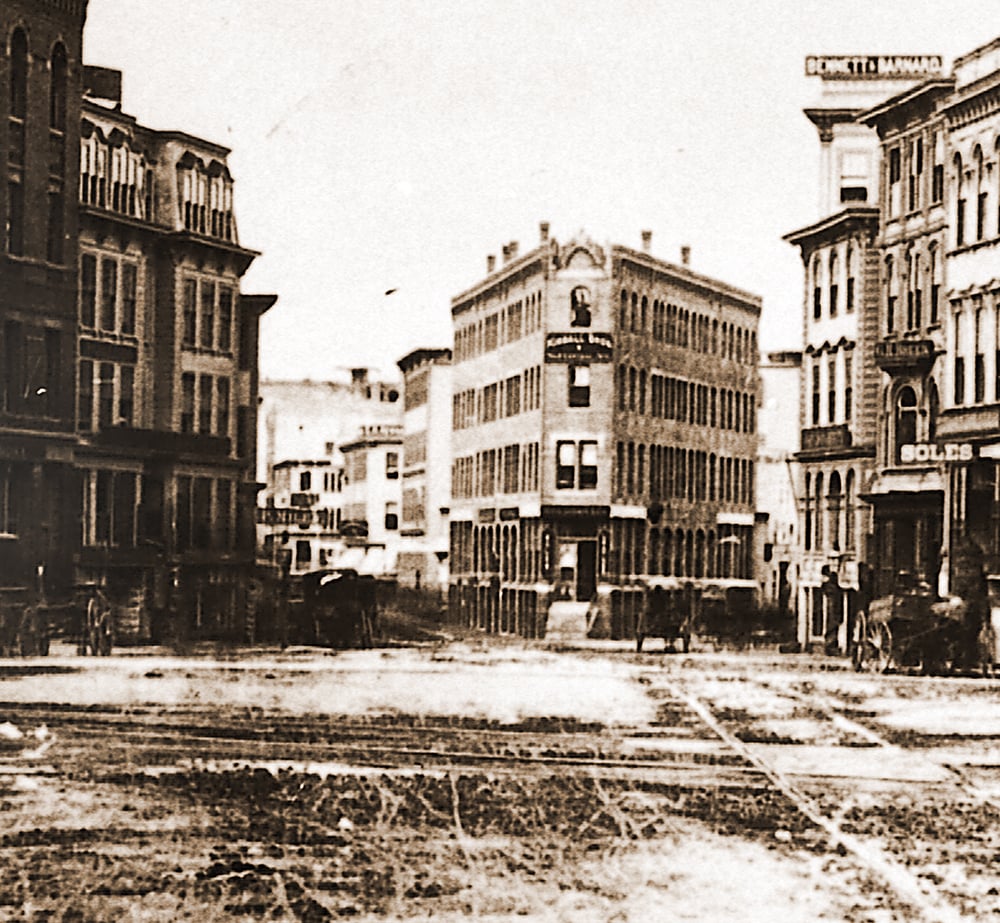
A City of Contrasts
Lynn was a city of contrasts: home to both industrialists and workers, a center of labor activism, the center of Methodism in New England, and a crucible for social changes. The early part of the nineteenth century had witnessed a reform movement intended to improve American society; it would go on to address issues raised by the industrialization of the shoe industry, and by the 1870s, was largely concerned with social ills such as excessive consumption of alcohol.
Immigrants from other countries and seasonal laborers from other regions of the United States flowed into Lynn. One of the greatest catalysts for social change, however, was the introduction of women into the factory workplace: the role of women in society, whether as wives, mothers, workers or social protesters, was hotly debated. The following passage from the first edition of Science and Health with Key to the Scriptures, Mary Baker Eddy’s major work, published in 1875, would have resonated with many in Lynn, even though it would be decades before civil law granted the rights suggested:
If a dissolute husband deserts his wife, it should not follow that the wronged and perchance impoverished woman cannot collect her own wages, or enter into business agreements, hold real estate, deposit funds, or surely claim her own offspring free from his right of interference. [Science and Health, 1875, p.321; p.63 in final edition]
Selected Highlights of Mrs. Eddy’s Years in Lynn
By the time Mrs. Glover bought the house at 8 Broad Street in March 1875, Lynn was a busy and congested city. Its commercial and manufacturing district was located in the area around Central Square, near the railroad station. Mrs. Eddy speaks of this station in her book Retrospection and Introspection with reference to an incident that occurred while the first edition of Science and Health was being printed.
The manuscript for Science and Health was already in the possession of a printer in Boston when the printing work inexplicably came to a standstill. Months slipped by, but nothing could persuade the printer to continue, and Mrs. Glover abandoned efforts to convince him to resume work. Meanwhile, she had a growing conviction of the necessity of inserting in the last chapter an account of her observations concerning the misuse of mental practice—a task which she herself called “painful” (Retrospection and Introspection, p. 38). She completed the additional twelve pages or so in her attic room, and set out for the railway station to catch the train to Boston. At the Lynn station she unexpectedly encountered the printer: he was en route to tell her that he had finished the work on hand and needed more copy. This striking coincidence confirmed for Mrs. Glover the rightness of including the additional material. (See Retrospection and Introspection, pp. 37-38.)
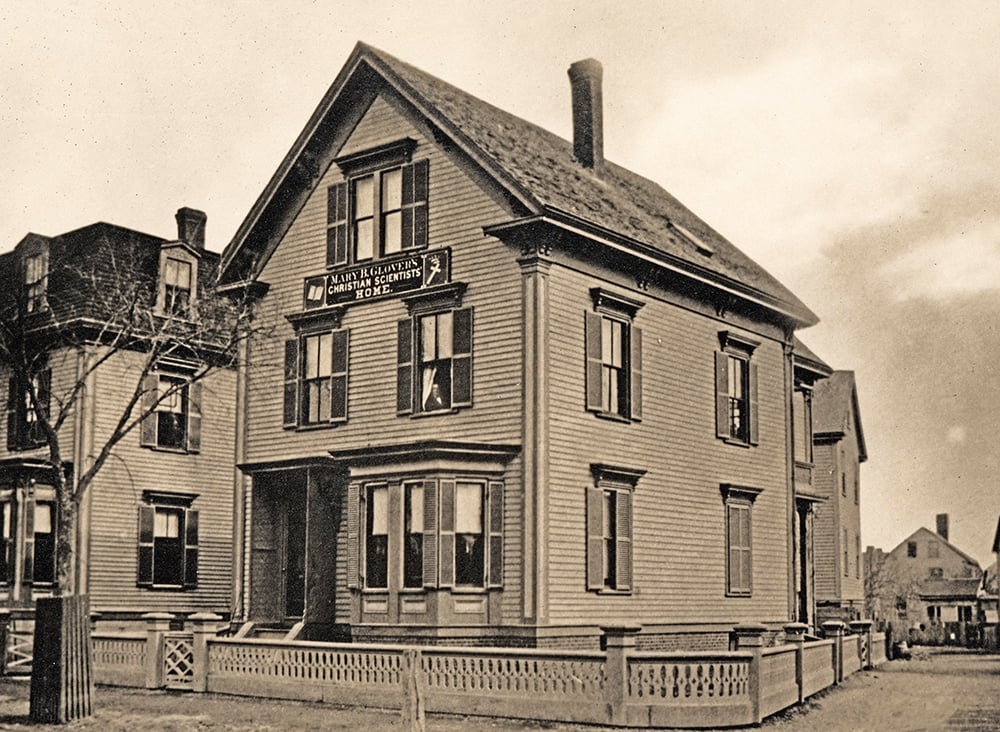
1870
Mrs. Glover taught her first class of students in August, using her manuscript “The Science of Man, by which the sick are healed, embracing questions and answers in Moral Science” as the basis of her teaching. Each of the students in the class received a handwritten copy. Copies of her writings “The Soul’s Inquiries of Man” and “Spiritualism and Individuality” were given out at the end of the class. In 1881, Mrs. Eddy revised “The Science of Man” and included it in the third edition of Science and Health as the chapter “Recapitulation.”
It was significant for Mrs. Glover that Christian Science could be taught, for it confirmed that healing was not a unique talent which she exclusively possessed, but one that others could learn and practice as well. As she would later say about the word disciple in reference to Jesus’ students, “the word indicates that the power of healing was not a supernatural gift to those learners, but the result of their cultivated spiritual understanding of the divine Science, which their Master demonstrated by healing the sick and sinning.” (Science and Health, p. 271)
1872
Mrs. Glover began the actual writing of Science and Health, originally entitled The Science of Life, at the beginning of 1872. Writing the book was her chief priority for the next three years. In order to concentrate on the manuscript during this time, she taught no classes, thus forfeiting her chief source of income.
The fact that she completed the project is all the more remarkable given that she moved, sometimes specifically in the hope of making greater progress on the book, some eight times during two of these three years.
Writing on a subject which was not considered suitable for a woman, having no financial or other backing for promoting her cause, she was refused by publishers in 1873 and again in 1874. In July of 1874 she finally found a printer, W. F. Brown of Boston, who agreed to print her book—if she paid the cost. Several of her students stepped forward to assist in advancing the necessary funds. In September, she gave Brown most of the manuscript to begin setting in type. However, various problems delayed publication until October of the following year.
1875
In March, Mrs. Glover bought ahouse at 8 Broad Street, Lynn. To make ends meet, however, she rented out most of the rooms except for the front parlor and a bedroom in the attic on the third floor. It was in this little bedroom that she finished writing the last dozen or so pages of the first edition of Science and Health.
During June, Mrs. Glover held Sunday services in Lynn. Her students contributed funds to help rent Good Templars’ Hall on Market Street for the services, which were generally attended by about one hundred people each Sunday. Although discontinued in early July, the services anticipated the founding of her church in 1879.
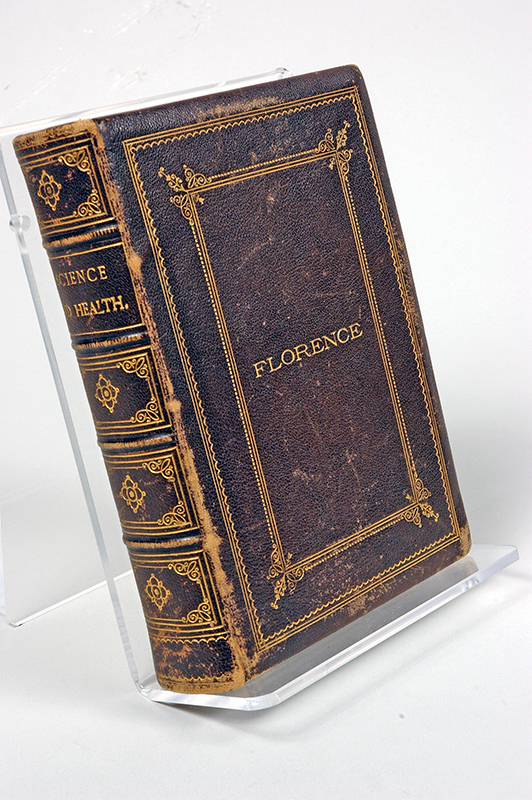
On October 30, the first edition of Science and Health was ready for distribution. It contained eight chapters, was 456 pages long, and is the only edition of the book to have been published under the name of Glover.
The second or ”Ark” edition, so nicknamed for the depiction of Noah’s ark impressed upon the cover in gold, was published in October 1878. Mrs. Eddy had intended to issue the book in two volumes, but only the second volume was actually printed, as a large number of typographical errors in the printer’s proofs rendered the first volume unusable. Volume two contained about forty pages of new material. In his account Mary Baker Eddy and Her Books, William Dana Orcutt tells how John Wilson of the University Press, the printer of Mrs. Eddy’s books from the third edition onward, had come into the author’s life at the time of the second edition:
When she was frustrated in her efforts to put the second [Ark] edition of Science and Health through the press, her husband, Asa G. Eddy, had called Mr. Wilson in for advice in the dilemma. Mr. Wilson responded by going over with her the confused mass of proof, on which Mrs. Eddy struggled to correct the countless errors occasioned by the carelessness of the printer, and showed her how about 170 pages could be salvaged. This, while not repairing the damage done by the poor workmanship, at least provided the author with the slight little Volume II which served to bridge the gap until the third edition could be manufactured. [William Dana Orcutt, Mary Baker Eddy and Her Books, Boston, 1978, p.13]
1881
The third edition of Science and Health was the first to be printed by John Wilson of the University Press in Cambridge, Massachusetts. The ark of the second edition was replaced by the emblem of the cross and crown, which now appeared on the cover for the first time.
A particularly eventful year, 1881 saw both high points and low in Mrs. Eddy’s life. In January, she obtained a state charter for the Massachusetts Metaphysical College. The August 17 publication of the third edition of Science and Health was followed two months afterward by a painful defection of eight of her students. Two weeks later Mrs. Eddy’s loyal students ordained her as pastor of her church. Late in 1881 Mrs. Eddy left Lynn, to settle in Boston in January 1882.
